Cover image: The president of Mexico, military figures, and businessmen during the inauguration of Line Z of the Interoceanic Train. In the same event an agreement was announced for the construction of a green hydrogen plant by the Danish company Helax Istmo. Salina Cruz, Oaxaca. December 2023.
The south-southeast of Mexico is being reconfigured territorially with a wave of transportation megaprojects—the Interoceanic Train and the Maya Train—whose corridors are connected to energy projects, industrialization, real estate development, tourism, and urbanization. To sustain these projects, another wave of projects is advancing full steam ahead, yet with less visibility compared to the major energy projects.
In an in-depth investigation, the collective GeoComunes mapped out and presented the restructuring of the energy sector currently taking place in Mexico, specifically during the administration of Andrés Manuel López Obrador, to sustain the primary megaprojects being pushed by his administration.
“The projects being developed in the two most isolated regions of the country are related to territorial planning that, in spite of the discourse of change and radicalism, seeks to strengthen the economic sectors that during the entire wave of neoliberalism were deployed in these regions: tourism, agriculture, mining, and commercial transportation,” sustains the report.

Furthermore, the regional reorganization is linked to the “development agenda led by the United States, associated with militarization, policies of migrant contention, and territorial reorganization to accommodate nearshoring and the use of Mexican territory as a platform for the exportation of US natural gas,” they report.
You might be interested in- US Ambassador to Mexico Leads Meeting in Oaxaca to Advance the Interoceanic Corridor Megaproject
One of the pivotal energy projects is the Puerta al Sureste underwater 715-kilometer-long gas pipeline in the Gulf of Mexico, considered in the investigation to be the pipeline which “articulates together the territorial reorganization in the south-southeast.”
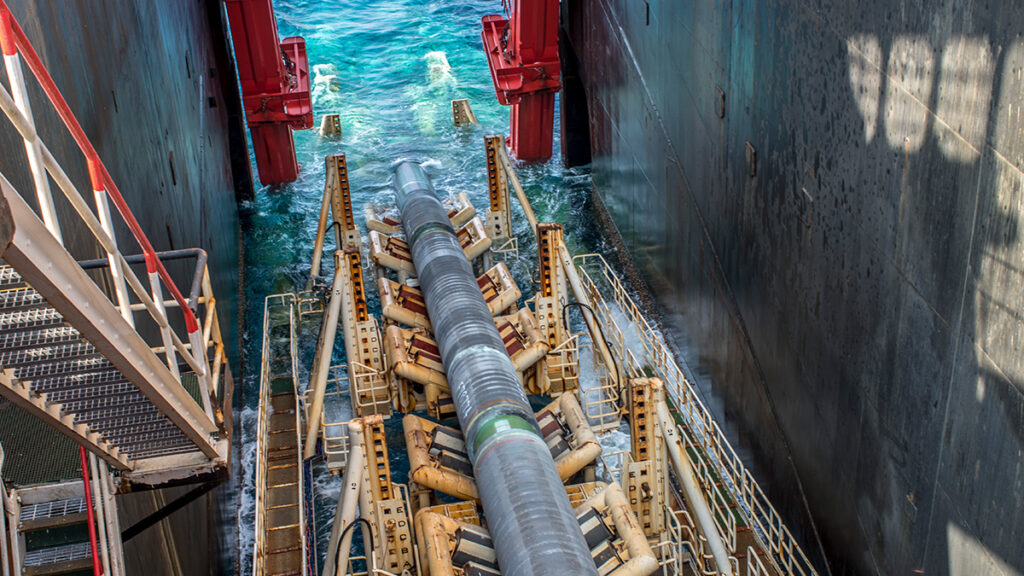
The project is being pushed by the Federal Electricity Commission (CFE) and by TC Energy (previously known as TransCanada). They seek to transport 1,390 million cubic feet of natural gas daily from Tuxpan to Coatzacoalcos in Veracruz, and then to Dos Bocas in Tabasco. This gas pipeline is the extension of another underwater pipeline that is already built and functioning, with which natural gas is imported from Texas to Tuxpan in Veracruz.

The natural gas to be transported in this pipeline will provide for the ten planned industrial parks, the planned fossil-fuel power plants, and also the liquified natural gas terminals that will be used to export gas to Europe, Asia, and South America. “It also seeks to expand the capacity to export energy and gas coming from the United States toward other parts of the world. That is, convert the south-southeast region not only into a manufacturing platform, but also one of exportation for US gas,” the report sustains.
Other Projects Linked to Natural Gas
In addition, the projected increase in the consumption of natural gas is associated with the expansion of other gas transportation infrastructure projects, according to GeoComunes:
- Liquified natural gas terminal for the exportation of natural gas from the Port of Salina Cruz- the Federal Electricity Commission is pushing the construction of this terminal, with a capacity to export 430 million cubic feet of natural gas daily. It has already signed a memorandum of understanding with the company Sempra, in order to value the construction of said terminal for the exportation of natural gas extracted in Mexico or imported from the United States and headed toward the Asian market.
- Liquified natural gas terminal in Coatzacoalcos- this project has been pushed by the Federal Electricity Commission to export approximately 600 million cubic feet of natural gas daily toward markets in the Atlantic basin, principally European and South American markets. This terminal would be fed by the Puerta Sureste gas pipeline.
- Jáltipan- Salina Cruz gas pipeline- this project was announced in 2015 as part of the packet of new gas pipelines to extend the reach of natural gas imported from the United States throughout the country. In its latest version, announced in 2022, this gas pipeline should already be connected directly to the liquified natural gas terminal in Salina Cruz. Once constructed, this gas pipeline would connect with a project called Gasoducto Prosperidad with which it is sought to transport natural gas from the Isthmus of Tehuantepec (in Ixtepec, Oaxaca) to the border with Guatemala (in Tapachula, Chiapas). And if this gas pipeline is able to send natural gas toward the south of Isthmus, not only will it require the gas pipeline Puerta al Sureste to be constructed, but it also requires an increase in the capacity of the compression station in Chinameca.
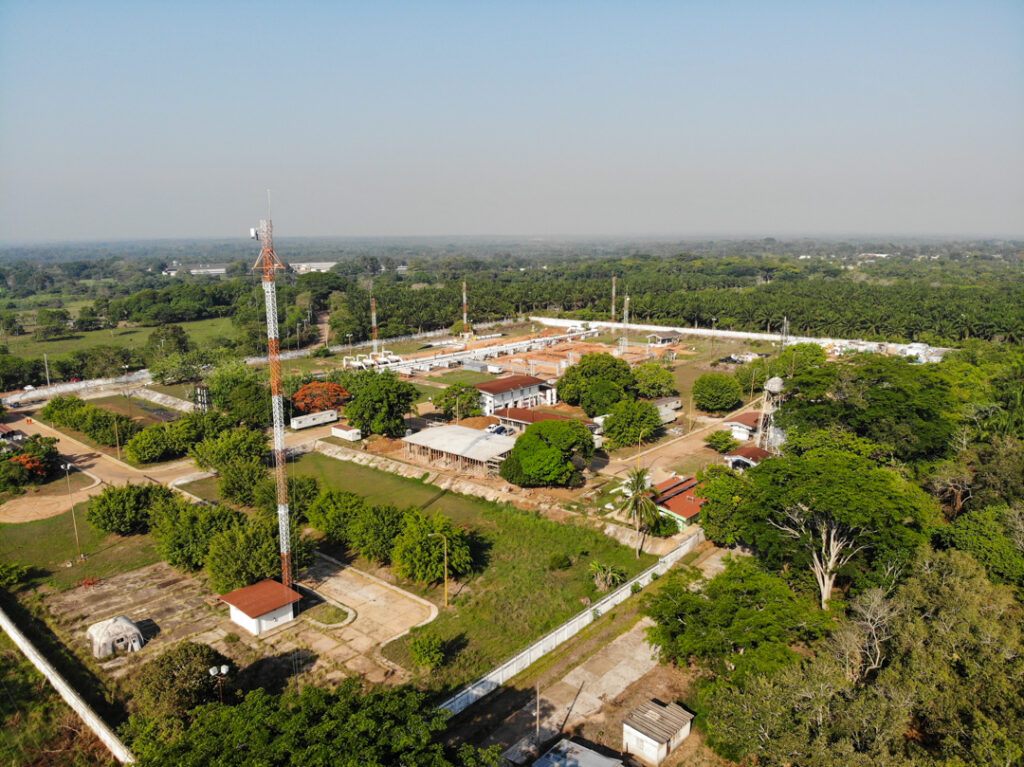
More Projects
Today the structure of energy production in the Isthmus of Tehuantepec is concentrated in two extremes, the north and the south of the Isthmus. “In the northern part, in the state of Veracruz, the production of energy is centered around the industrial, petroleum, and petrochemical zones and is concentrated in the hands of Pemex and private companies like Cydsa, Grupo Infra, Braskem Idesa, Contour Global PLC. This represents nearly a third of the capacity installed in the Isthmus,” mentions the collective.
The other two thirds are located in the far south of the Isthmus, in the state of Oaxaca, where there are 29 wind farms in operation which occupy 30,000 hectares of territory recognized as communal or ejidal land. The grand majority of this production is in the hands of private European companies.
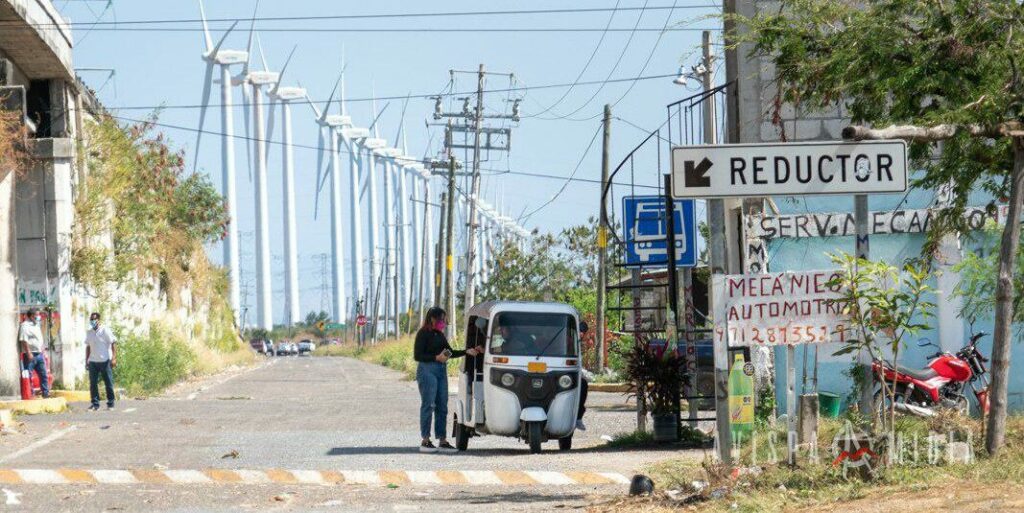
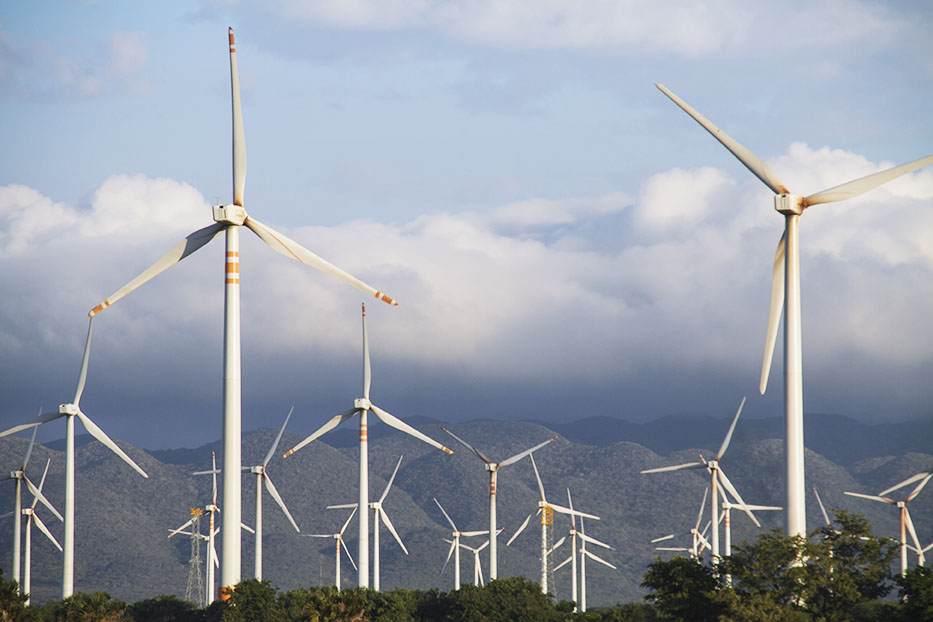
However, according to the document “Resumen Ejecutivo Plan Estrategico y Plan Maestro Conceptual del Corredor Interoceanico del Istmo de Tehuantepec,” current levels of production are insufficient. The electricity demand of the industrial activities in the Isthmus will multiply by 2.5 between 2030 and 2050, passing from 3,294 to 8,348 million watts per hour per year.
To fulfill this increased demand, it is expected that new electric stations in the region will have to be built, “although, for now, there isn’t any concrete information about how many stations that will include, where the stations will be located, nor what types of technologies will be used,” said the report of the investigation.
GeoComunes mentions that, beyond the ten industrial parks already planned, another nineteen parks—ten in Oaxaca and nine in Veracruz—are to be installed later on.
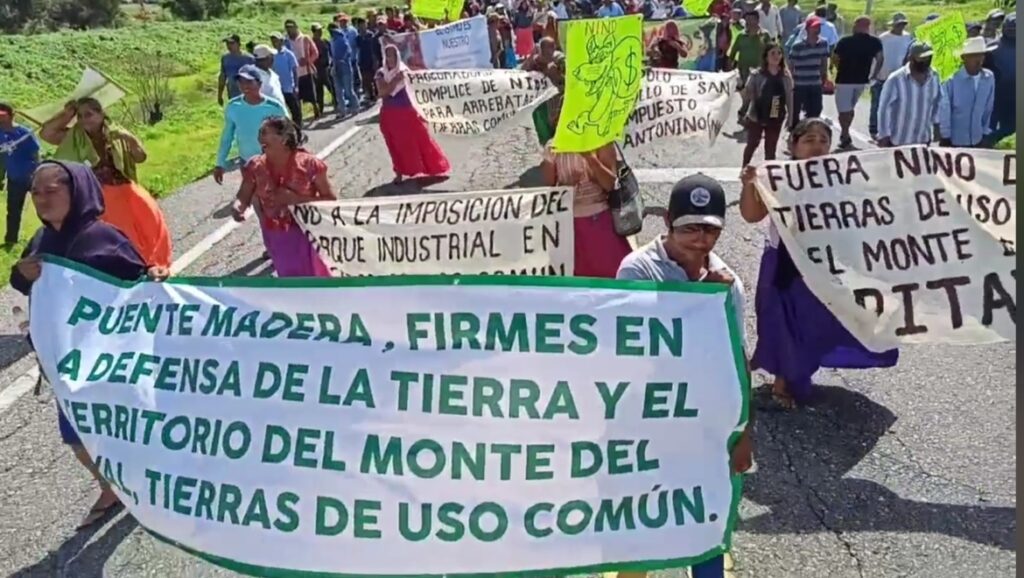
The reception for company bids interested in investing in the first ten industrial parks was done in June 2023. In the month of November 2023, bids for the remaining industrial parks began, with a decision expected in April 2024.
Of the first ten industrial parks planned, four of them—San Blas Atempa, Ciudad Ixtepec, Santa María Mixtequilla and Asunción Ixtaltepec—should be mixed parks, which is to say, in addition to industry, they will include wind farms to generate electricity.
“The wind farms will be built by Mexican or US companies, they will be administered by the Federal Electricity Commission, and they will have financial investment from United States banks,” says the report from GeoComunes.
Green Hydrogen
Helax Istmo, a subsidiary of the Danish company, Copenhagen Infrastructure Partners, signed an agreement with the Interoceanic Corridor of the Isthmus of Tehuantepec and with the Mexican Navy to install a plant that will develop renewable energies via green hydrogen and green maritime fuels, “contributing to Mexico’s objectives of sustainable development, as well as the decarbonization of the worldwide shipping industry,” the company tells the media.
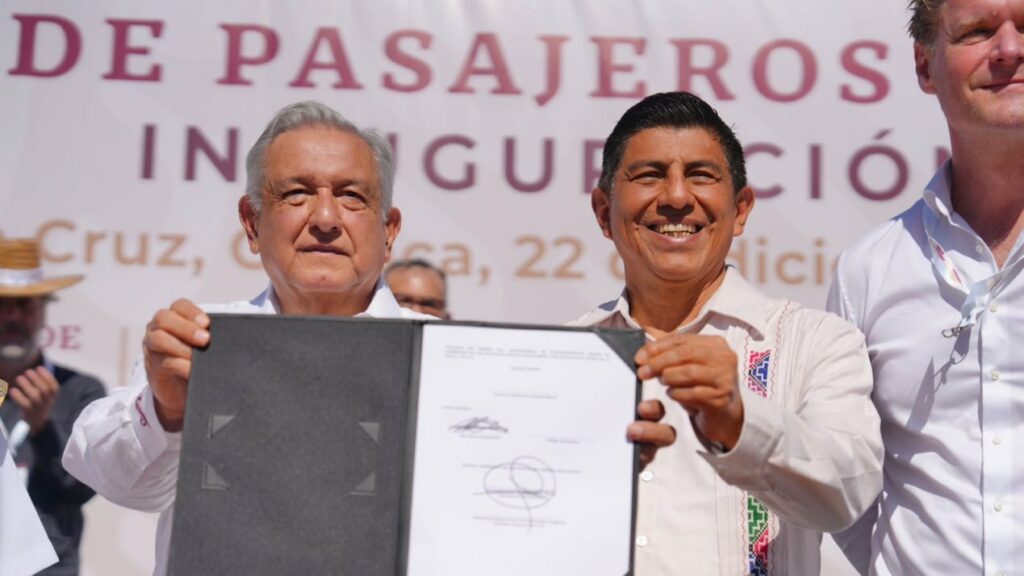
The plant should be built in one of the ten industrial parks planned along the Interoceanic Corridor in Ixtepec.
In spite of the recent restructuring, GeoComunes emphasizes that, since the signing of the Free Trade Agreement in 1992, and throughout the structural reforms in the last three decades, the energy policy has maintained the same: “opening up this strategic sector to private capital, and making the energy infrastructure adequate in the country to conform to the interests of fossil fuel capital and, particularly, fossil fuel capital from the United States.”
You might be interested in- Mexican officials announce bids for Interoceanic Corridor industrial zones
The investigation done by GeoComunes also covers the energy restructuring in the Yucatan Peninsula and the northeast of the country. Topics that we will address in future texts.

